It’s the 80th anniversary of a bombing raid on Tokyo in which the American military killed 100,000 Japanese civilians in one night (Wokipedia). Did the Japanese attack on our military installations in Hawaii justify our attacks on their civilians?
University of Alaska in Fairbanks runs a beautiful museum and it answers the above question to some extent.
Right now, about one fifth of the core exhibit space at the Museum of the North is devoted to the victimization of 220 Japanese-Alaskans whom President Franklin Roosevelt ordered interned (with Supreme Court approval) and also the evacuation of 800 Native Alaskans from islands thought vulnerable to Japanese attack.
The PhD scholars explain on a sign leading into the exhibit that the Japanese were on track to conquer interior Alaska, western Canada, and Seattle:
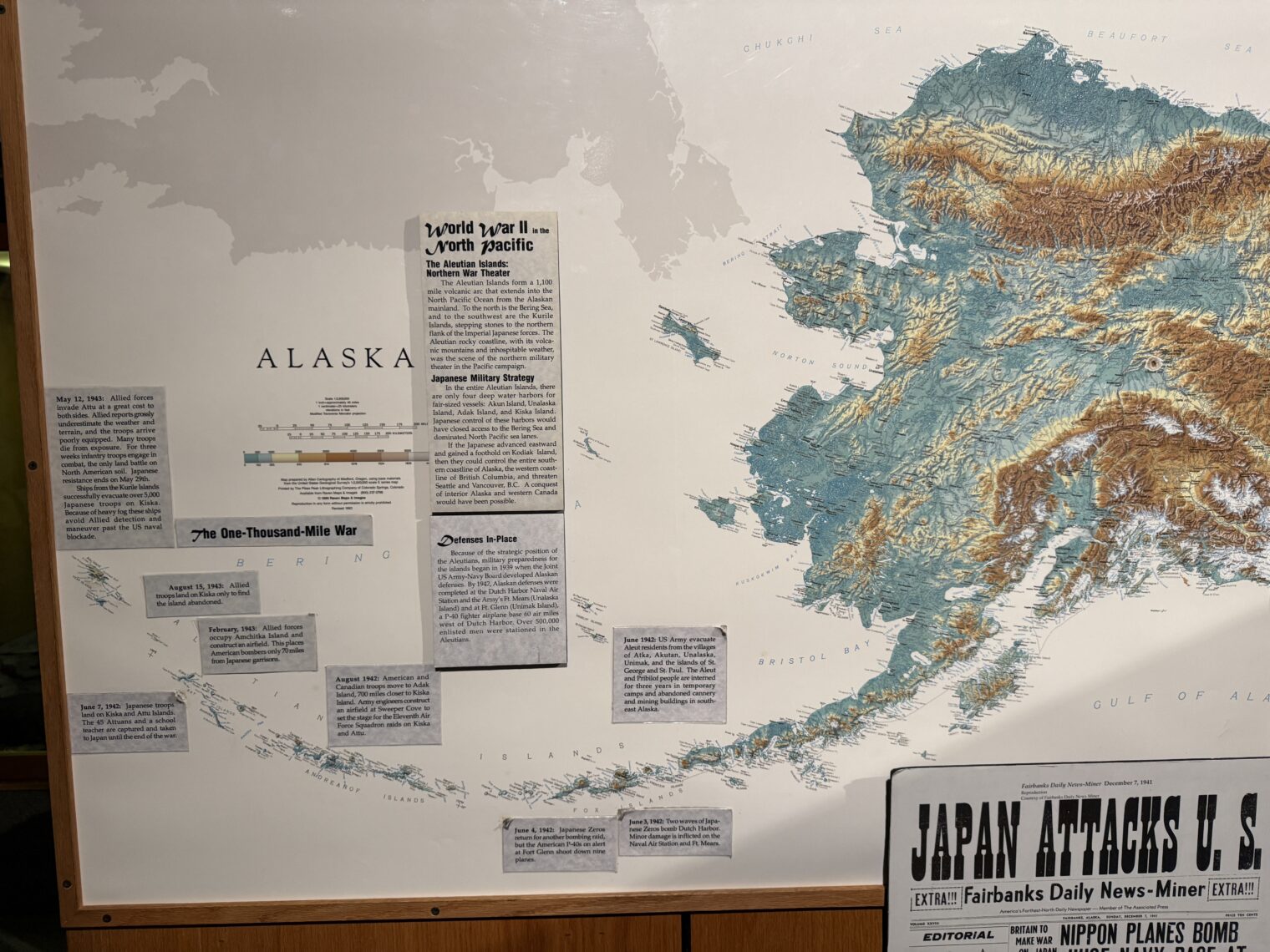
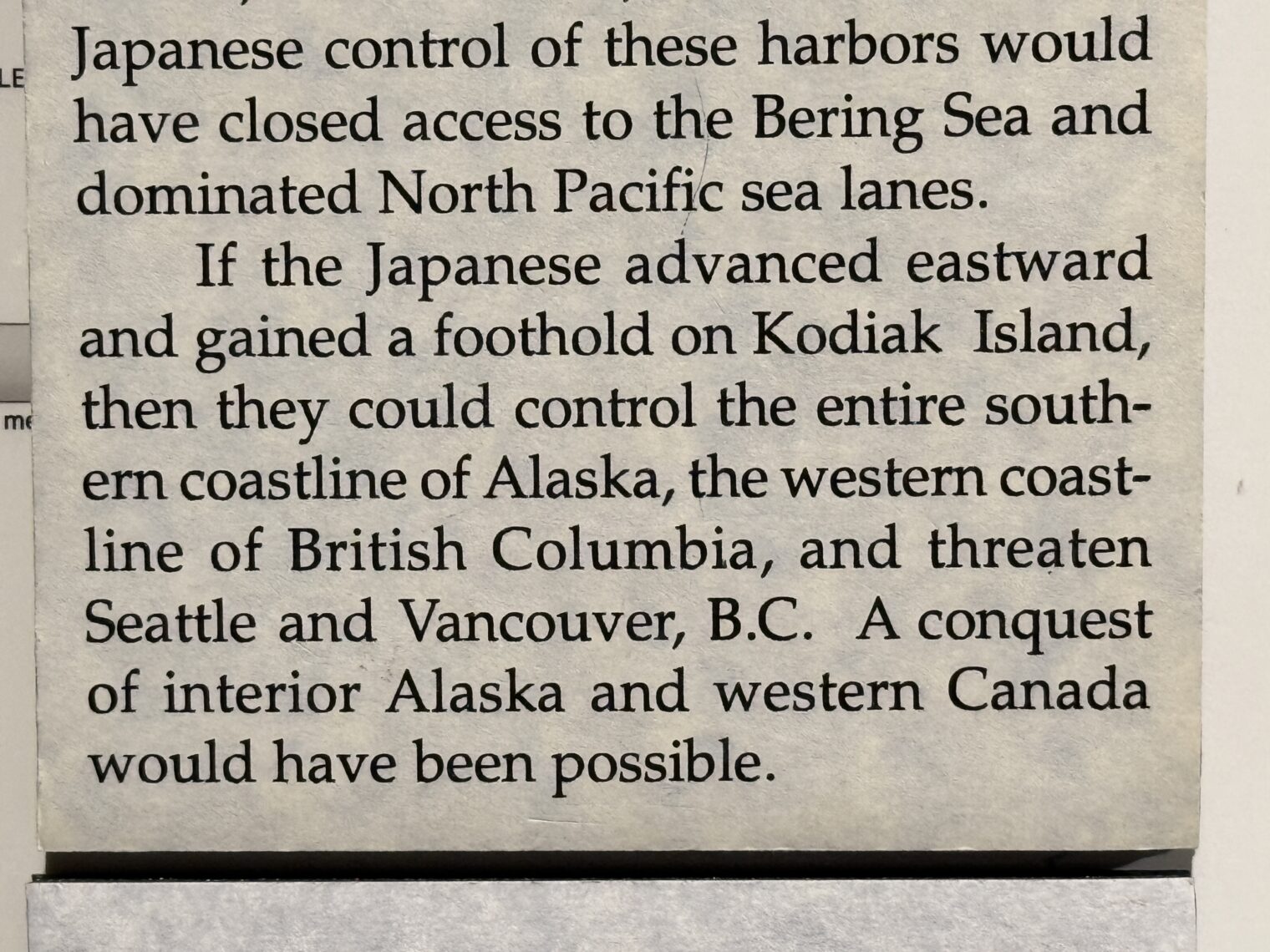
If we hadn’t waged total war on this enemy, including killing 100,000 civilians in one night (pre-atomic bombs), folks in Seattle would to this day be forced to live a Japanese lifestyle. Certainly, it wouldn’t have made sense to engage in the settlement negotiations that the Japanese expected after Pearl Harbor.
What else goes on in the museum? First, visitors are reminded of the irrationality of W-2/1099 work in the American Welfare State (admission is $20 for chumps; free for EBT cardholders):
The PhDs in charge of the museum use native languages whenever possible (Troth Yeddha’ is apparently not, as I’d thought, a location of one of Jabba the Hutt’s branch offices) and also note that the noble indigenous themselves don’t want to use these languages anymore (consistent with John McWhorter’s explanation of how humans converge toward a single language in a media- and telecommunications-rich world)
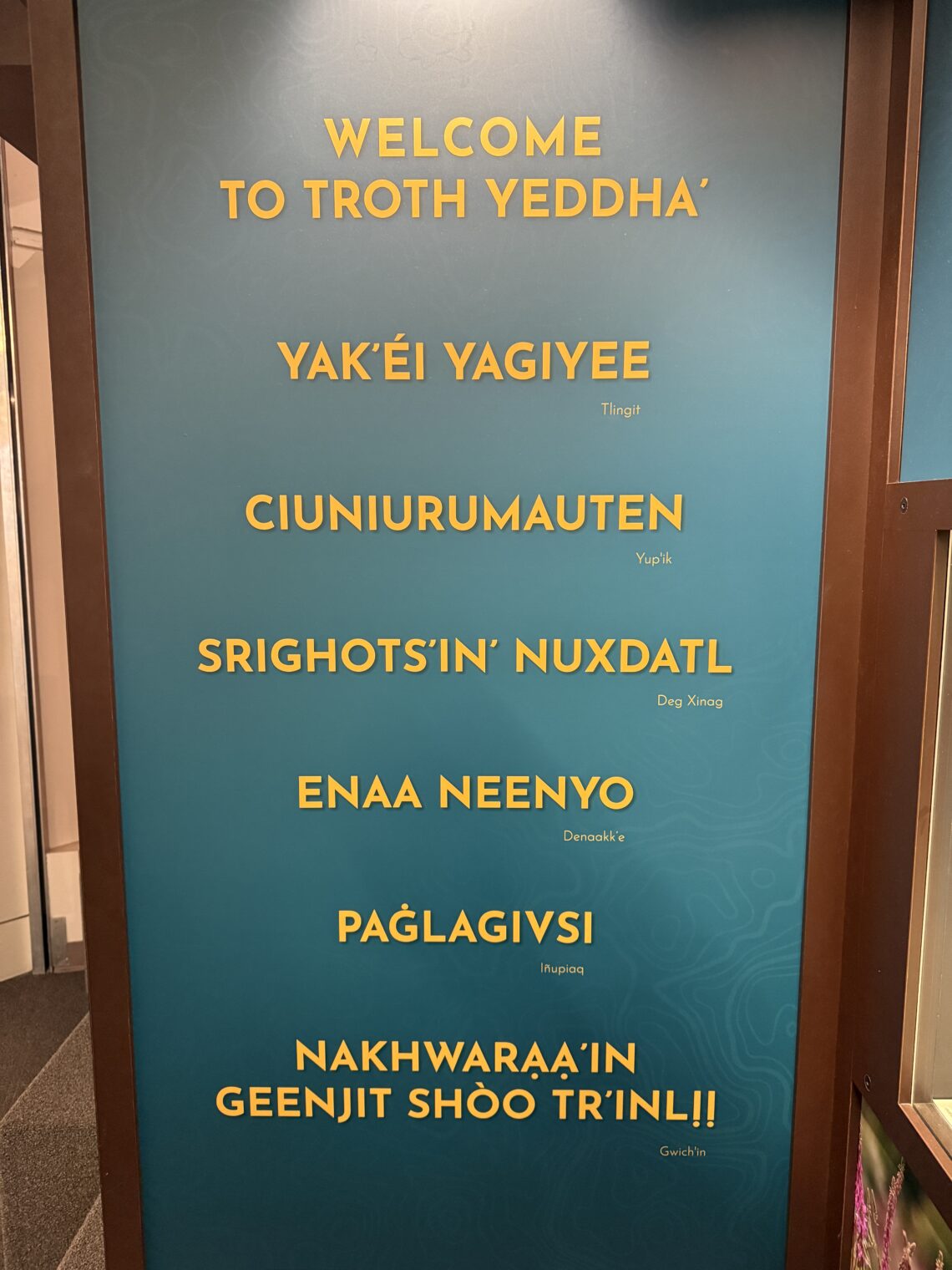

Compare your level of patience and attention to detail to Cynthia Gibson’s, who sewed salmon vertebrae into a dress:
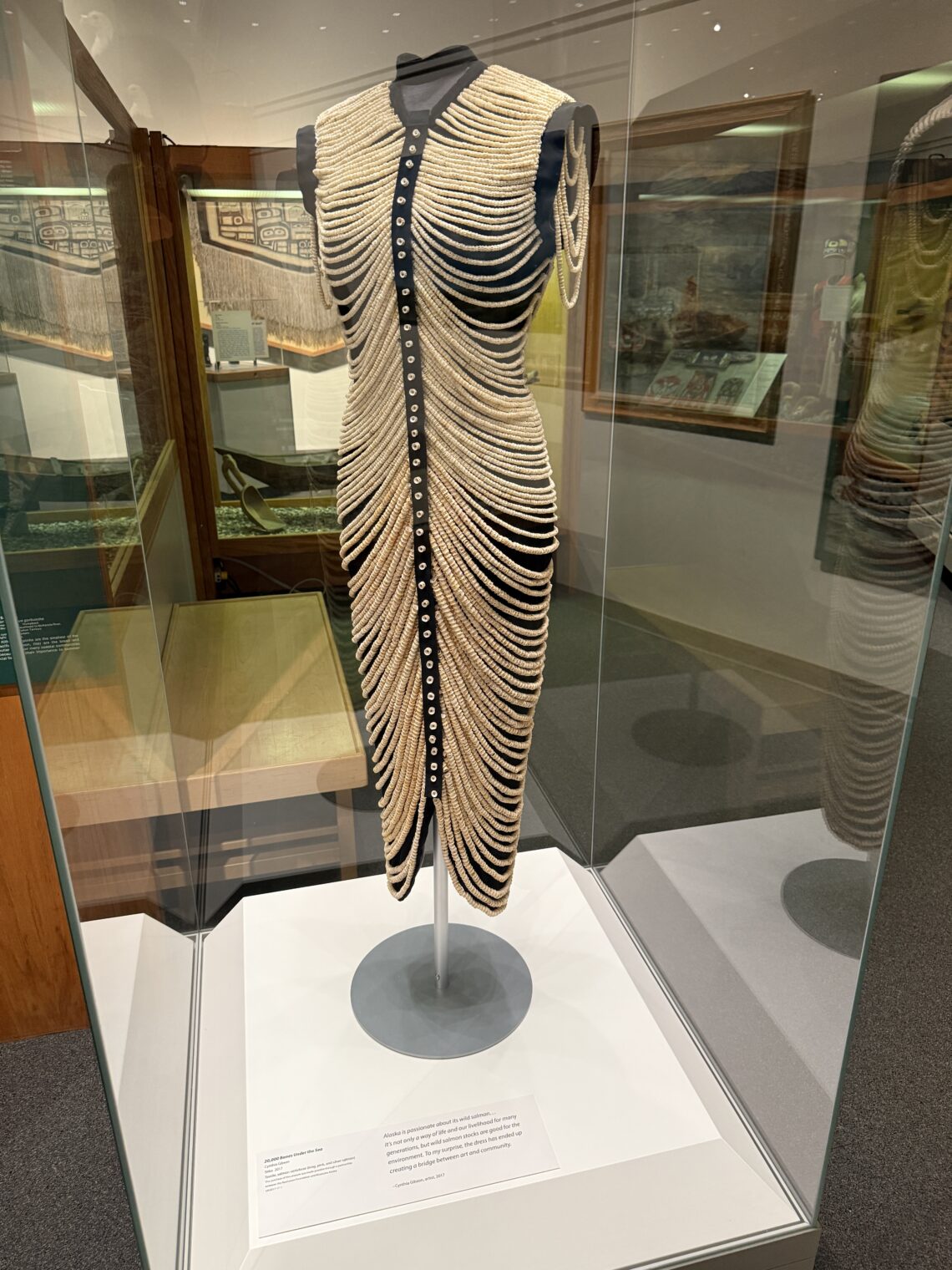
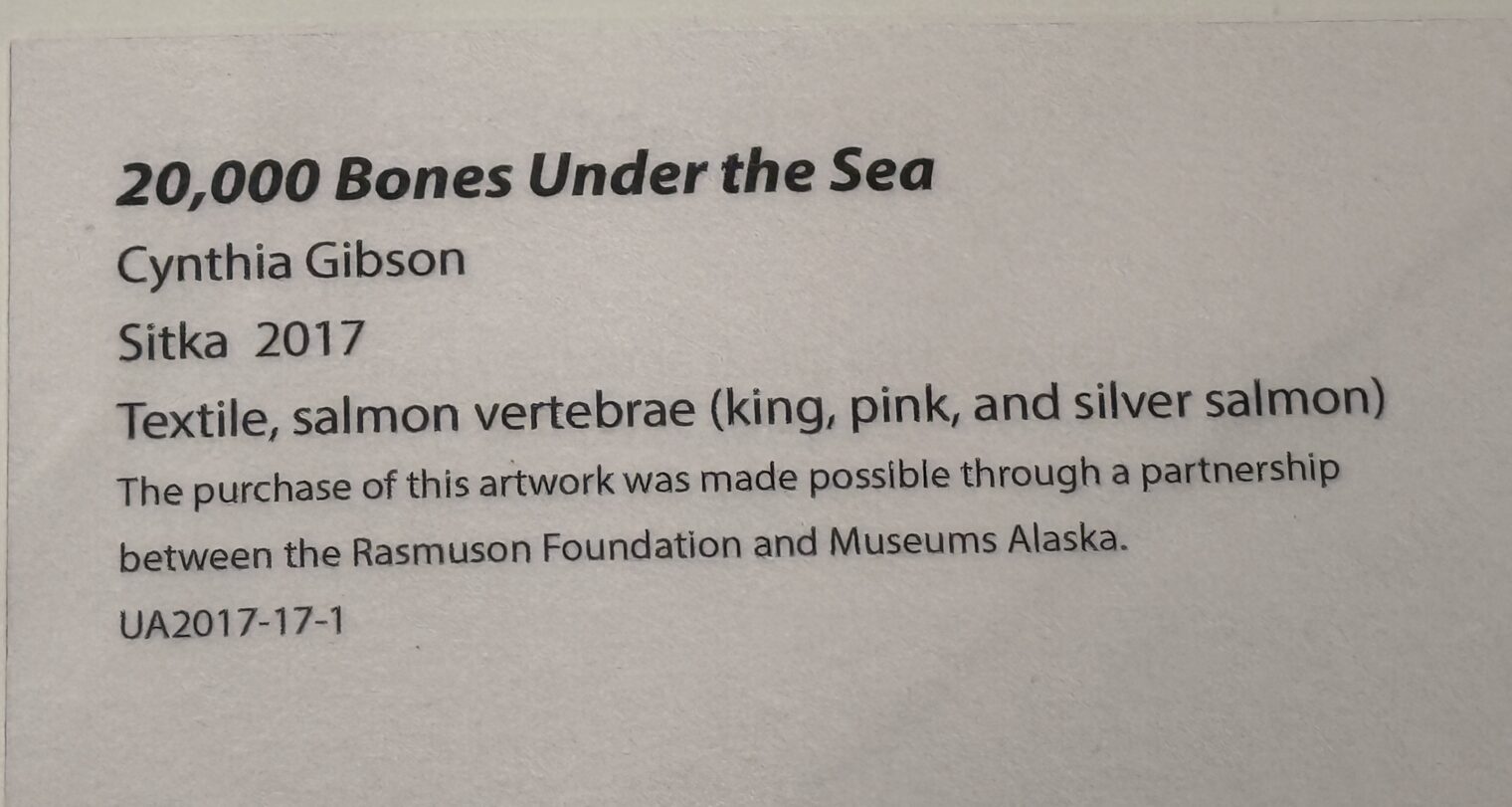
The Into the Wild bus will be on display here soon:
Looking for decorating ideas?
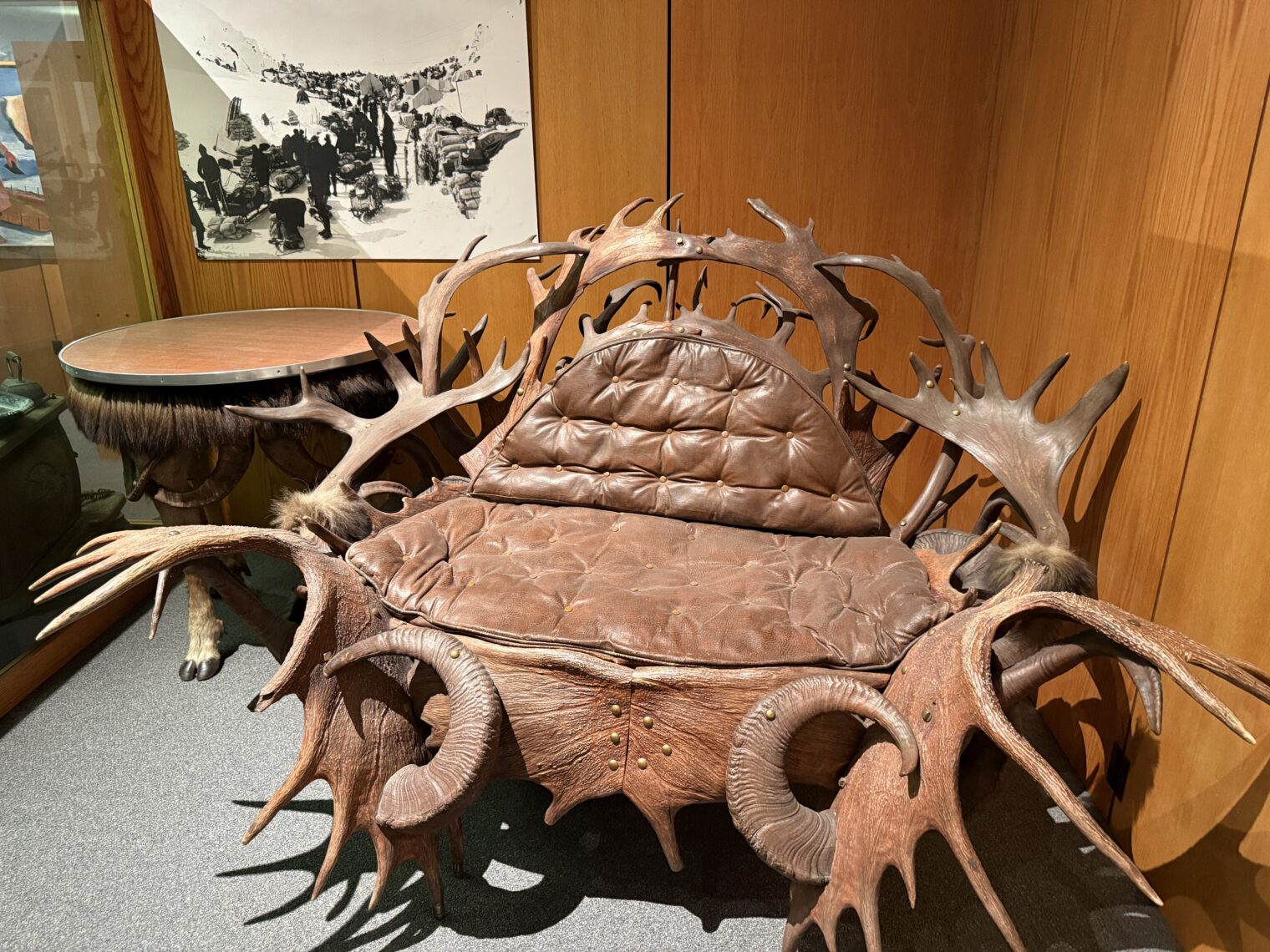

Even without indoor plumbing you can have a beautiful home:
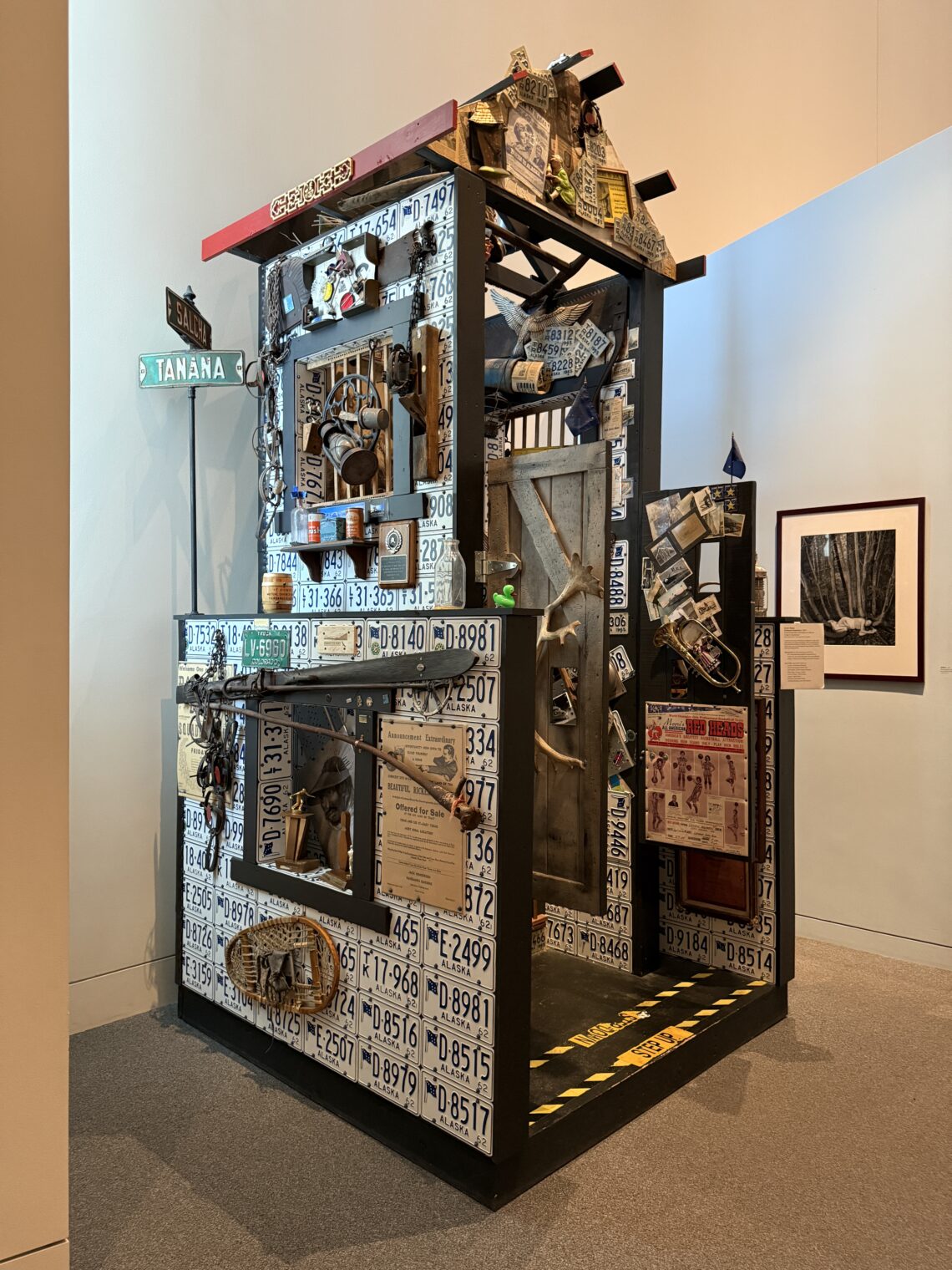
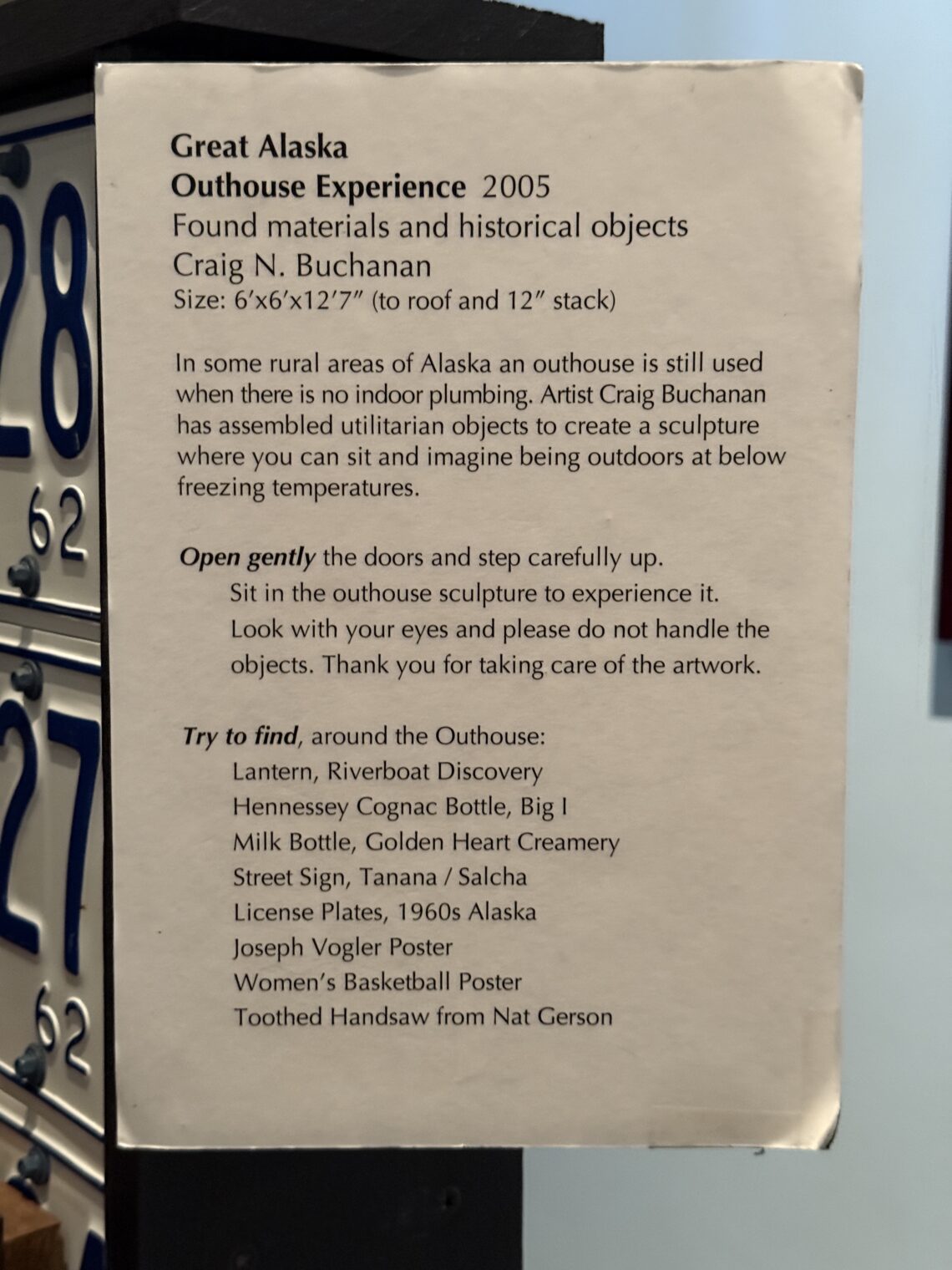
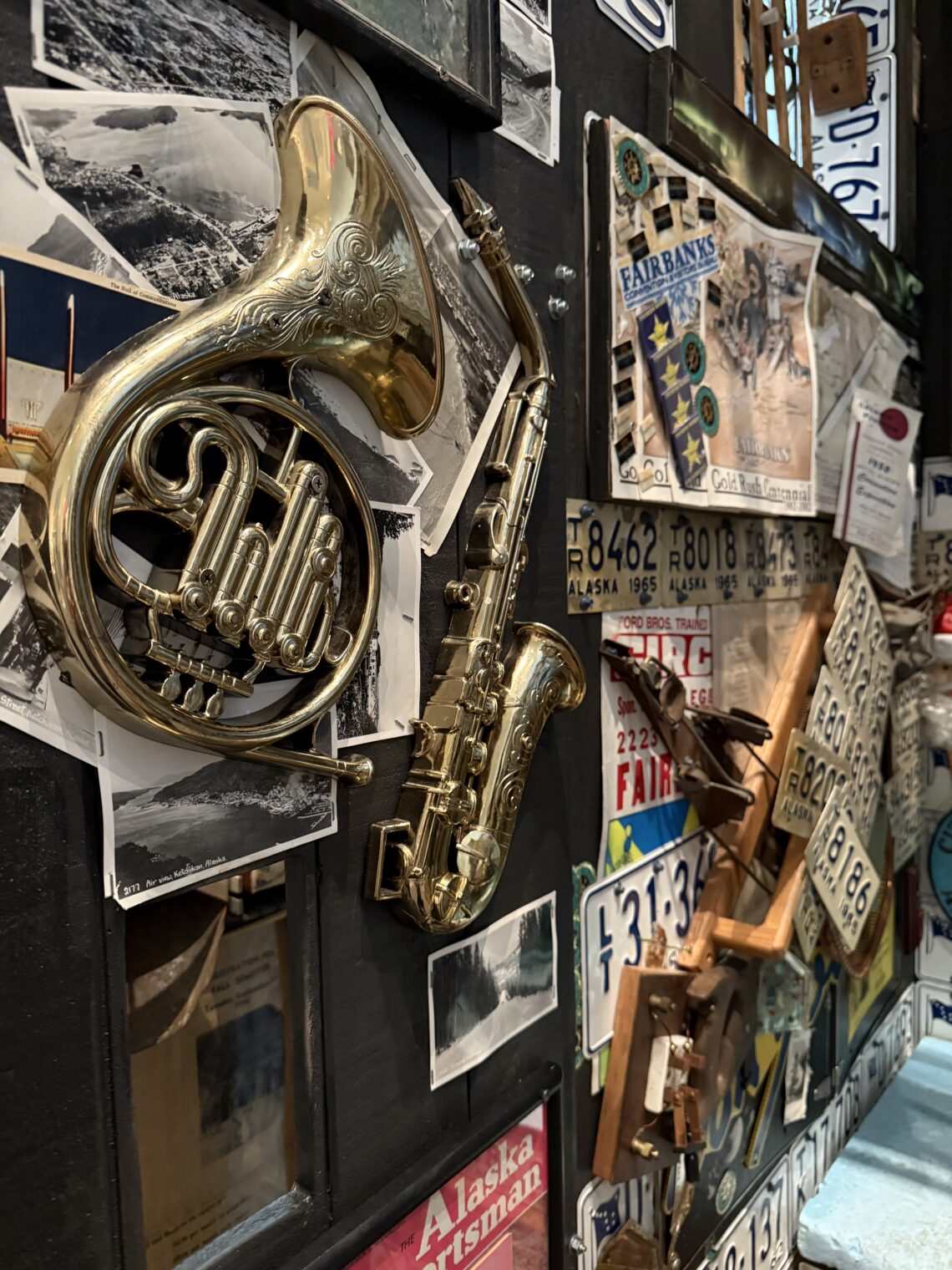
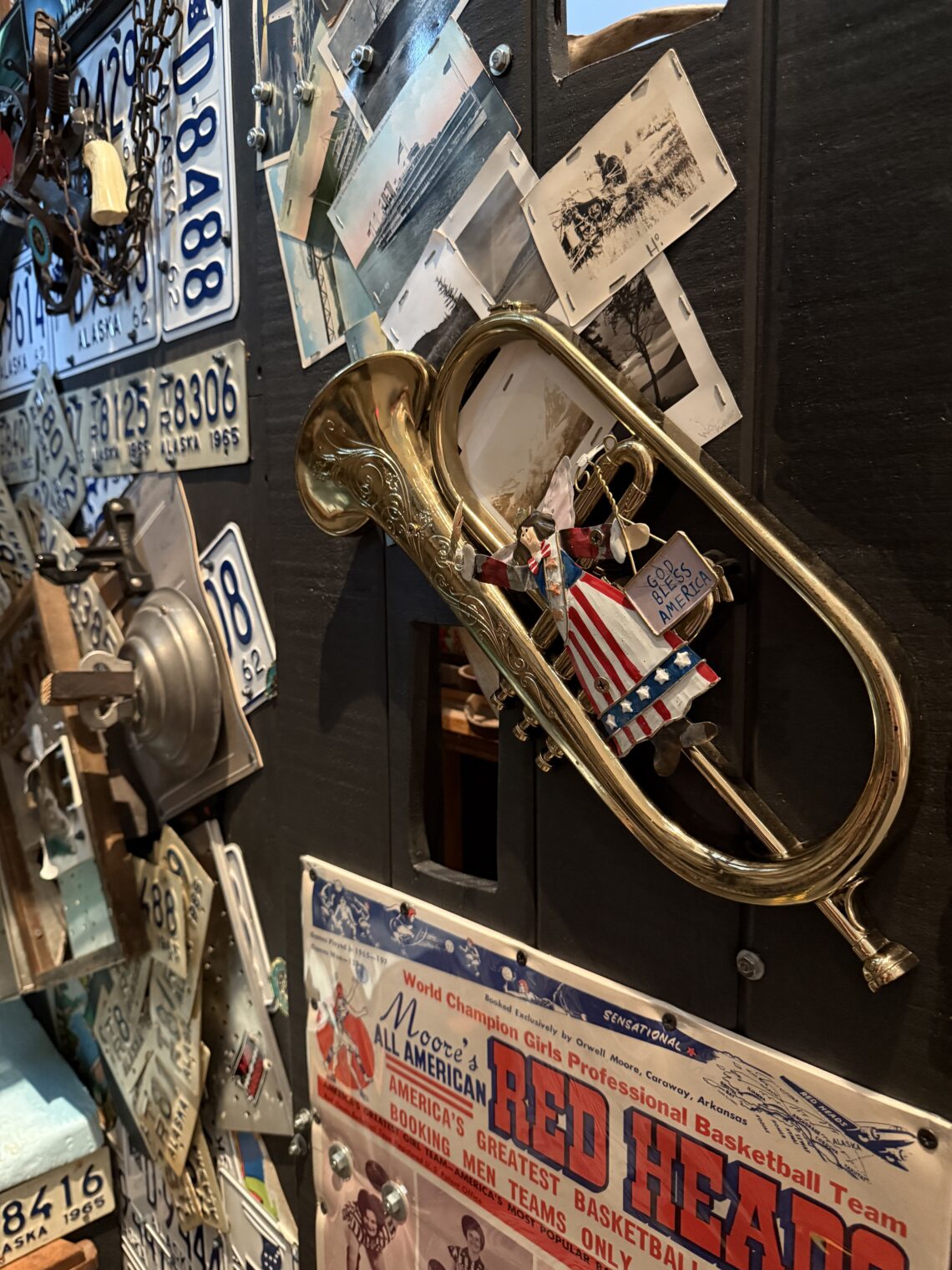
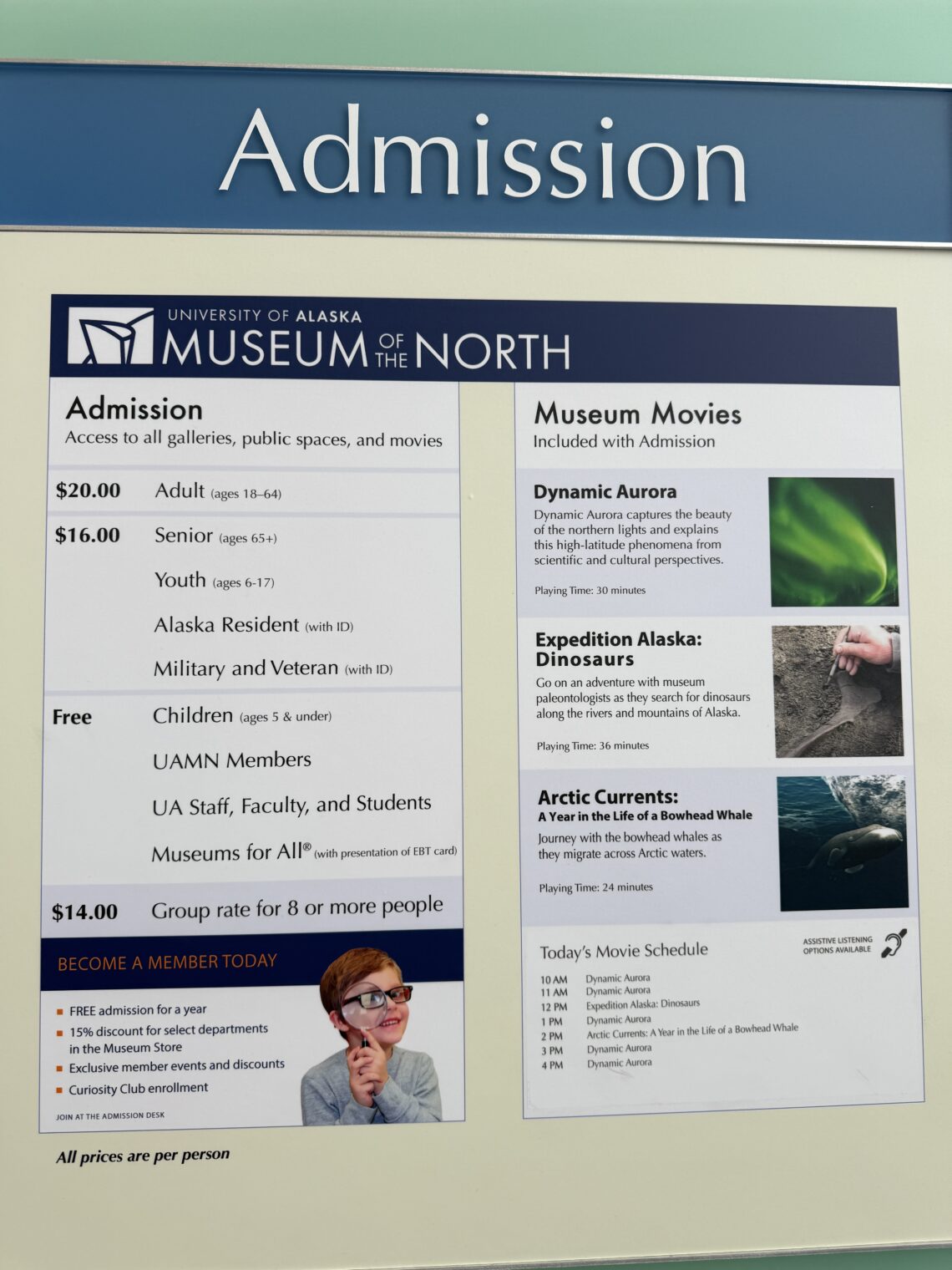
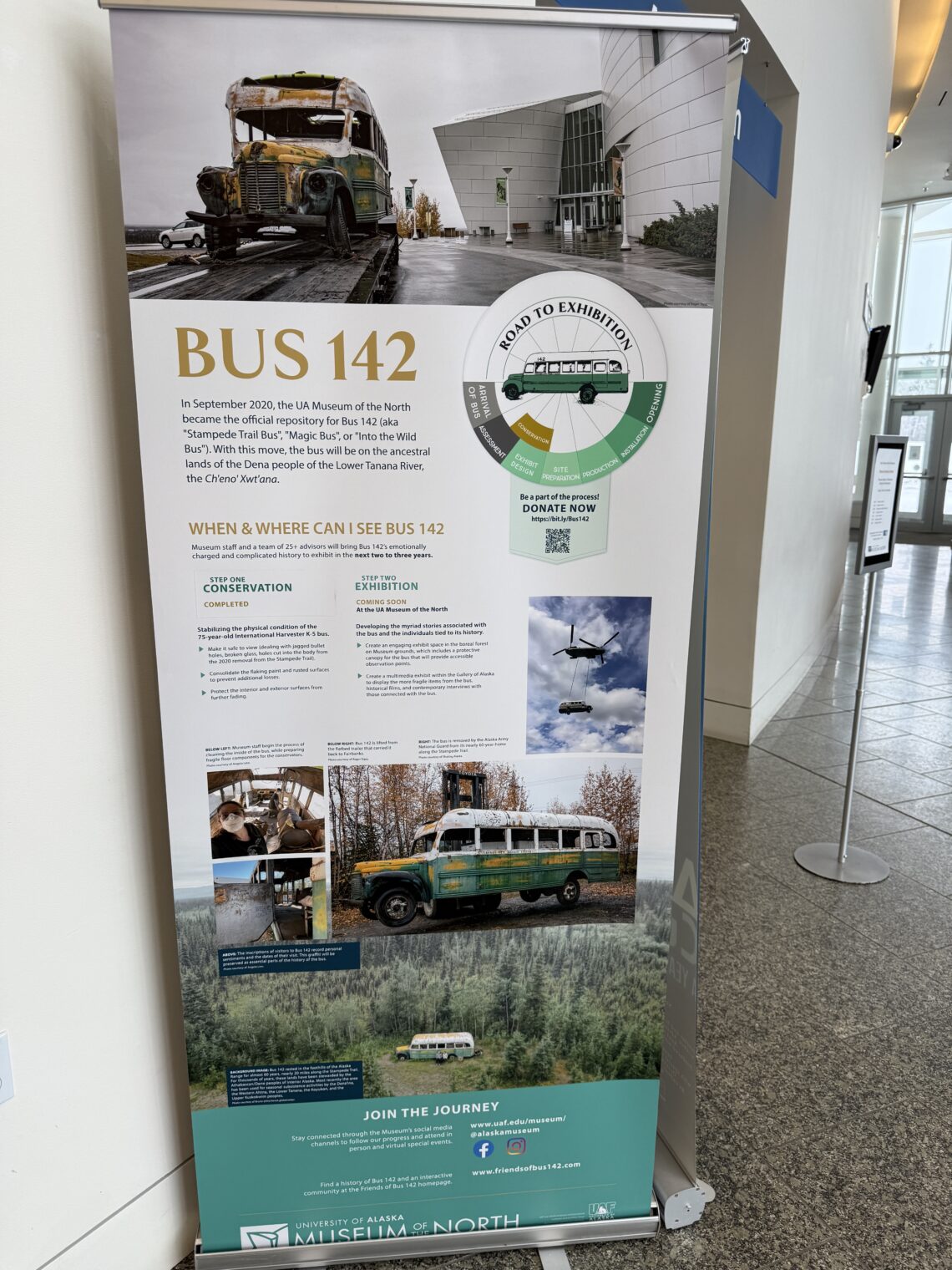
A bigger question erased from history is how Hirohito justified the war against US.
Here’s a US Army historian’s explanation of why Japan took a course of action even its top commanders like Admiral Isoroku Yamamoto knew was suicidal:
https://archive.org/details/JapansDecisionForWarIn1941SomeEnduringLessons
Humans do tend to converge towards the most useful language, and it is also true that nowhere in the world do two or more languages coexist on entirely equal terms. However, there are also forces that favor divergence — for example, the descendants of Roman citizens in the former empire no longer speak Latin. Moreover, dominant languages, no matter how powerful they may seem now, are always subject to being replaced. For instance, AI might eventually find it more practical to communicate with other AI in a language other than English. Perhaps the thought that English will be the “only” language might be comforting to those who “only” speak English.
“If we spoke a different language, we would perceive a somewhat different world.”
Ludwig Wittgenstein
Doesn’t take a PhD scholar to realize that it would be plausible that a heavily militarized society could invade and control the coastal areas of a sparsely populated region with minimal US and Canadian forces. In 1940 the Japanese population was about 50% of the US population, and Japan had already invaded and controlled a significant chunk of China and coastal SE Asia, where they faced much larger armies (albeit poorly organized).
The Japanese weak spot was their navy, and therefore they saw a surprise attack in the US Navy as the only possible chance of defeating US domination of the high seas.
“A conquest of interior Alaska and western Canada”, as stated on the sign, was “plausible”? What were the Japanese going to do in Fairbanks, Calgary, and Edmonton?
Philip, they were going to alternate between emigrating to Florida and boycotting A.erica, just like modern Canadians do. Once I spoke to a a former Canadian who worked as a salesperson at Sears in one of relatively depressed interior blue states. She said that Canada was exactly like here, except colder, poorer and gas stations placed far away from each other.
perplexed: Thanks. I’m also confused as to Jakko’s comment “the Japanese weak spot was their navy”.
https://www.usni.org/magazines/naval-history-magazine/2010/april/seldom-seen-enemy
says “Japan’s powerful navy, the strongest in the world after the Pearl Harbor attack”. Maybe this is an overstatement, but it is a longer distance from that statement to “weak spot”. Given Japan’s population size and economy size, could they have possibly had a stronger navy?
Japanese navy was very strong, with world biggest battleships, several aircraft carriers and many uboats. It had no problem defeating British Pacific fleet after Pearl Harbor. US would have been in bigger problem if NSA and US Navy did not break Japanese diplomatic and Naval codes, that resulted in pin-point US victory at Midway.
Noooo millions of people had to die so we could avoid a negotiated settlement that would have prevented the glorious arrival of Mao Tse-Tung, exporting all of our industry to china, the Viet-nam war, and the Japanese porno industry.
The benefit to thoroughly defeating Japan was to avoid World War III happening a few decades later. Remember, World War II started only ~21 years after World War I ended. People were starting to get tired of this sh*t.